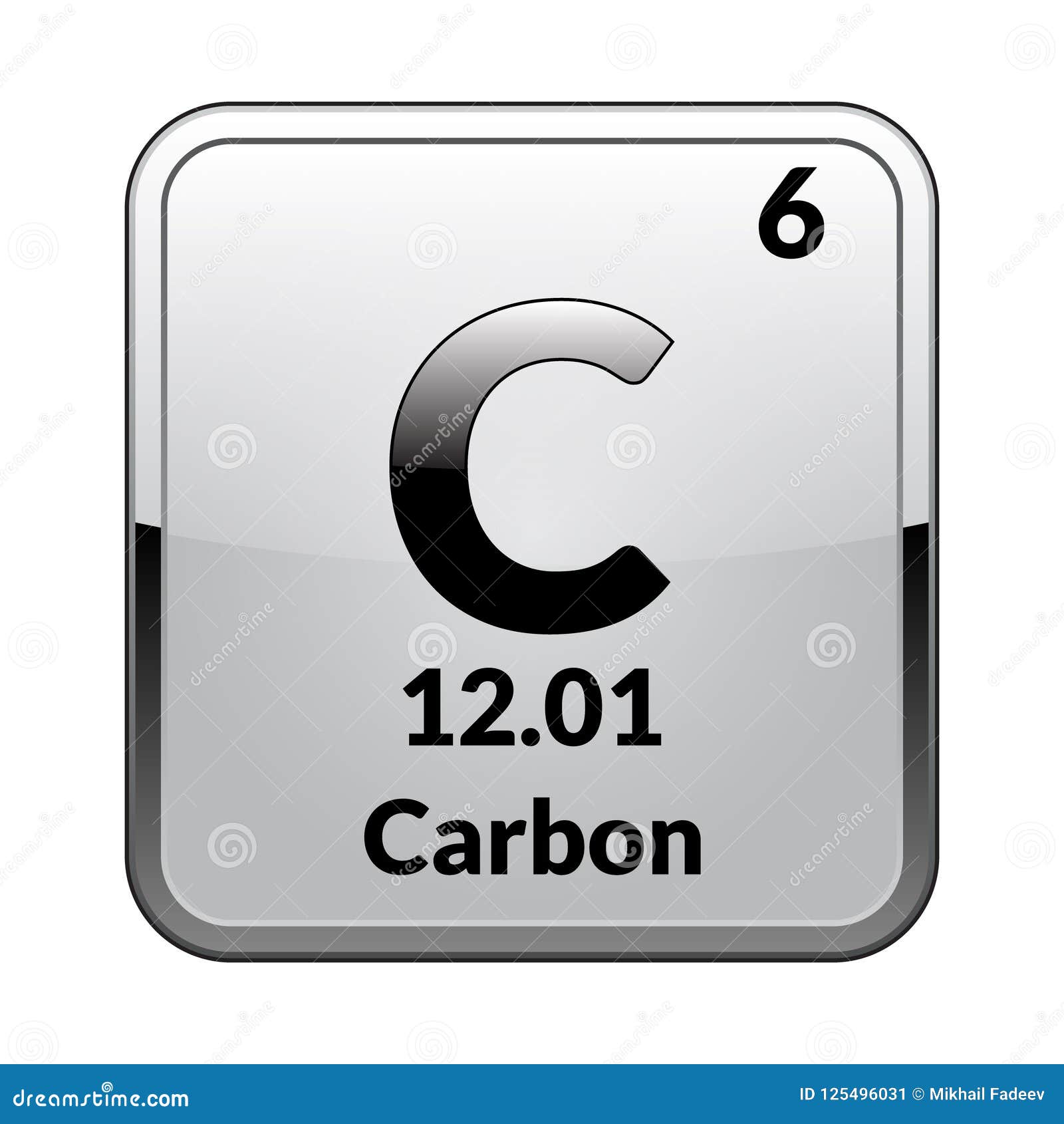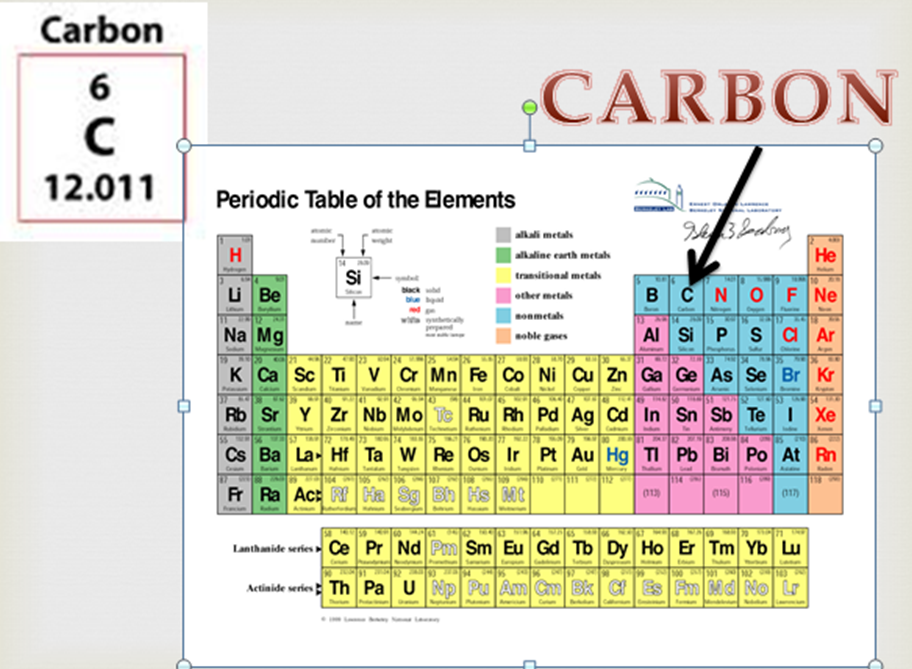

Carbon periodic table with picture driver#
3 Greenhouse gas emissions from human activities are the main driver of this warming But overall, this temperature rise is in the range of 1 to 1.2℃.

Overall, this would amount to an average temperature rise of 1.1℃.īecause there are small year-to-year fluctuations in temperature, the specific temperature increase depends on what year we assume to be ‘pre-industrial’ and the end year we’re measuring from. When extended back to 1850, we see that temperatures then were a further 0.4℃ colder than they were in our baseline. We see that over the last few decades, global temperatures have risen sharply - to approximately 0.7℃ higher than our 1961-1990 baseline. The red line represents the average annual temperature trend through time, with upper and lower confidence intervals shown in light grey. In the chart, we see the global average temperature relative to the average of the period between 19. To set the scene, let’s look at how the planet has warmed. 1 This link between global temperatures and greenhouse gas concentrations – especially CO 2 – has been true throughout Earth’s history. 12 in the journal Pure and Applied Chemistry.Human emissions of carbon dioxide and other greenhouse gases – are a primary driver of climate change – and present one of the world’s most pressing challenges. These changes became official when IUPAC published them online Dec. "People might remember sitting in a chemistry class with the periodic table hanging on the wall, and after seeing that some elements such as sodium or gold were measured to an incredible precision, wondered why others such as sulfur and lead weren't measured to the same precision," Wieser said. Geological Survey's Reston Stable Isotope Laboratory, who was worked on these changes for the past 15 years, told LiveScience.Ĭoplen and Wieser said they were completely surprised about the attention this change has received. For instance, "boron in seawater has a very narrow atomic-weight range, so I could select a value of 10.818," research chemist Tyler Coplen, director of the U.S. If they need more precision - more decimal places in the number - they can look up an atomic-weight value for the specific context they have in mind. If they just want to perform a simple calculation involving these 10 elements, they can use a single value called a conventional atomic weight, Wieser said. Which number should they use on a test, or in the lab? Ultimately, it will depend on the element and the context.

These changes might seem confusing to students and scientists. For example, the standard atomic weights for fluorine, aluminum, sodium and gold are constant, and their values are known to more than six decimal places. The other elements on the periodic table remain the same, as elements with just one stable isotope do not show variations in their atomic weights. For instance, carbon's standard atomic weight is listed as an interval between 12.0096 and 12.0116. Instead of single values, they will get expressed as intervals, having upper and lower bounds, to more accurately convey variations in atomic weight.
Now, for the first time in history, the standard atomic weights of 10 elements - hydrogen, lithium, boron, carbon, nitrogen, oxygen, silicon, sulfur, chlorine and thallium - will get expressed in a new way that will more accurately reflect how these elements are found in nature. He serves as secretary of the International Union of Pure and Applied Chemistry's (IUPAC) Commission on Isotopic Abundances and Atomic Weights, which oversees the evaluation and dissemination of atomic-weight values. "There's a lot of practical information we can get from knowing atomic weight, all these significant problems and issues where knowing atomic isotope abundance can play a key role," Wieser told LiveScience. In sports doping investigations, scientists can identify performance-enhancing testosterone in the human body because the atomic weight of carbon in natural human testosterone is higher than that in pharmaceutical testosterone. Isotopic measurements of nitrogen, chlorine and other elements help trace pollutants in streams and groundwater. For example, precise measurements of the abundances of carbon isotopes are used to determine purity and source of food, such as honey and vanilla. These small variations in an element's atomic weight can weigh heavily on research and industry. For example, sulfur is commonly known to have a standard atomic weight of 32.065, but its real atomic weight can be anywhere between 32.059 and 32.076, depending on where the element is found. However, the abundance of an isotope can vary in nature, leading to variations in an element's atomic weight.


 0 kommentar(er)
0 kommentar(er)
